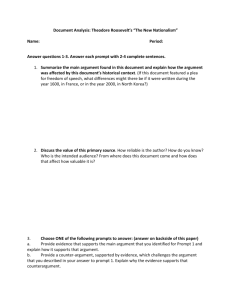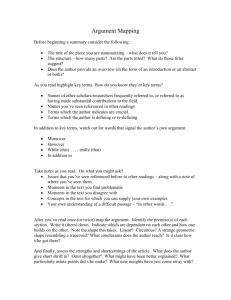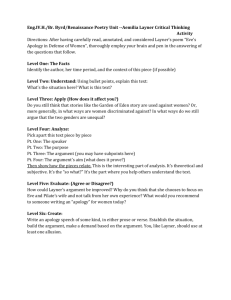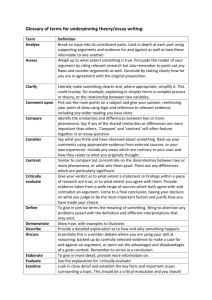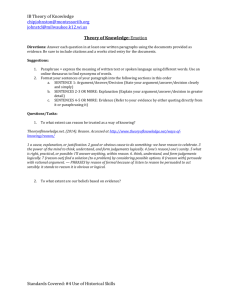document here
advertisement
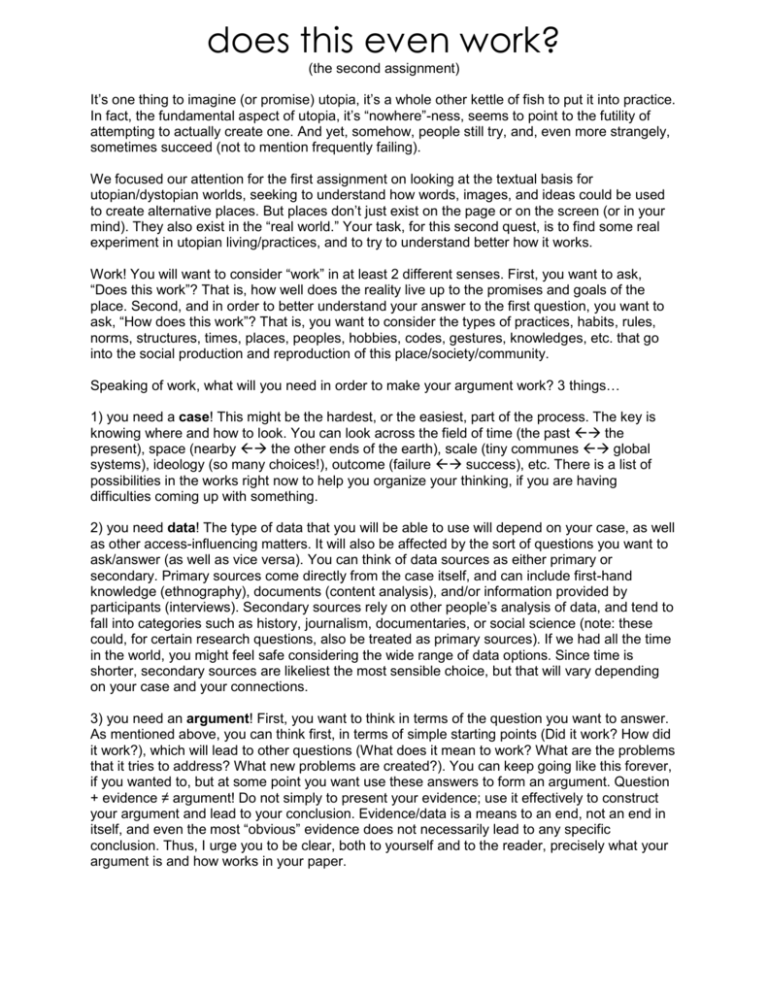
does this even work? (the second assignment) It’s one thing to imagine (or promise) utopia, it’s a whole other kettle of fish to put it into practice. In fact, the fundamental aspect of utopia, it’s “nowhere”-ness, seems to point to the futility of attempting to actually create one. And yet, somehow, people still try, and, even more strangely, sometimes succeed (not to mention frequently failing). We focused our attention for the first assignment on looking at the textual basis for utopian/dystopian worlds, seeking to understand how words, images, and ideas could be used to create alternative places. But places don’t just exist on the page or on the screen (or in your mind). They also exist in the “real world.” Your task, for this second quest, is to find some real experiment in utopian living/practices, and to try to understand better how it works. Work! You will want to consider “work” in at least 2 different senses. First, you want to ask, “Does this work”? That is, how well does the reality live up to the promises and goals of the place. Second, and in order to better understand your answer to the first question, you want to ask, “How does this work”? That is, you want to consider the types of practices, habits, rules, norms, structures, times, places, peoples, hobbies, codes, gestures, knowledges, etc. that go into the social production and reproduction of this place/society/community. Speaking of work, what will you need in order to make your argument work? 3 things… 1) you need a case! This might be the hardest, or the easiest, part of the process. The key is knowing where and how to look. You can look across the field of time (the past the present), space (nearby the other ends of the earth), scale (tiny communes global systems), ideology (so many choices!), outcome (failure success), etc. There is a list of possibilities in the works right now to help you organize your thinking, if you are having difficulties coming up with something. 2) you need data! The type of data that you will be able to use will depend on your case, as well as other access-influencing matters. It will also be affected by the sort of questions you want to ask/answer (as well as vice versa). You can think of data sources as either primary or secondary. Primary sources come directly from the case itself, and can include first-hand knowledge (ethnography), documents (content analysis), and/or information provided by participants (interviews). Secondary sources rely on other people’s analysis of data, and tend to fall into categories such as history, journalism, documentaries, or social science (note: these could, for certain research questions, also be treated as primary sources). If we had all the time in the world, you might feel safe considering the wide range of data options. Since time is shorter, secondary sources are likeliest the most sensible choice, but that will vary depending on your case and your connections. 3) you need an argument! First, you want to think in terms of the question you want to answer. As mentioned above, you can think first, in terms of simple starting points (Did it work? How did it work?), which will lead to other questions (What does it mean to work? What are the problems that it tries to address? What new problems are created?). You can keep going like this forever, if you wanted to, but at some point you want use these answers to form an argument. Question + evidence ≠ argument! Do not simply to present your evidence; use it effectively to construct your argument and lead to your conclusion. Evidence/data is a means to an end, not an end in itself, and even the most “obvious” evidence does not necessarily lead to any specific conclusion. Thus, I urge you to be clear, both to yourself and to the reader, precisely what your argument is and how works in your paper.



